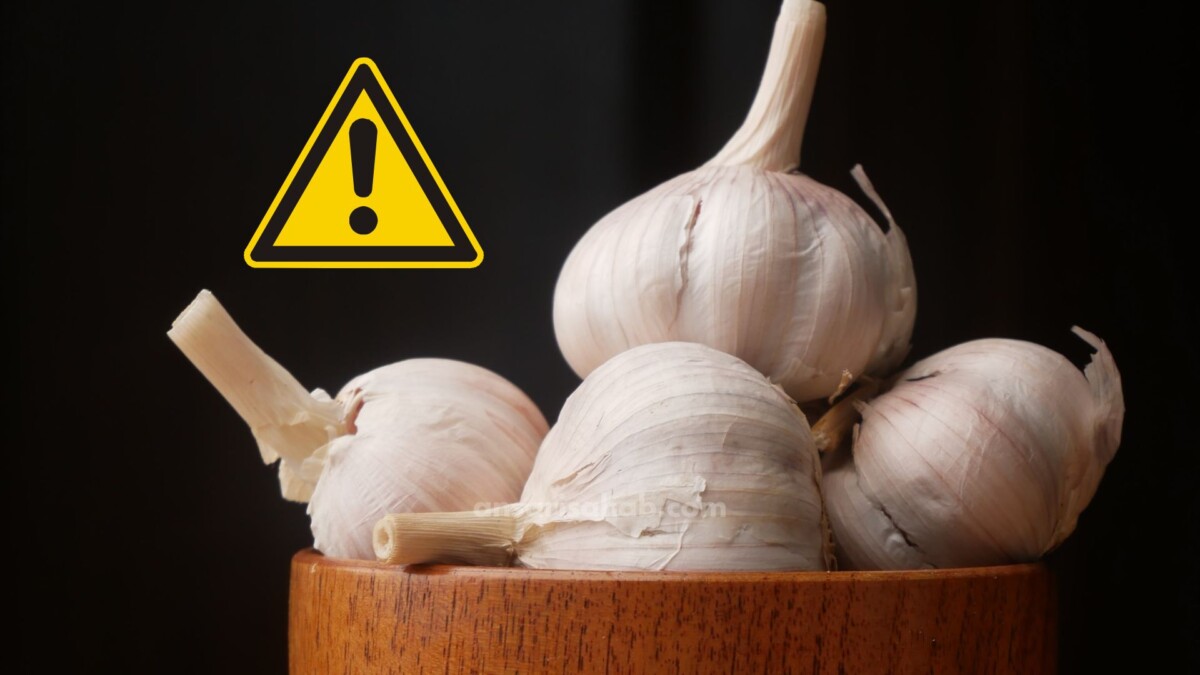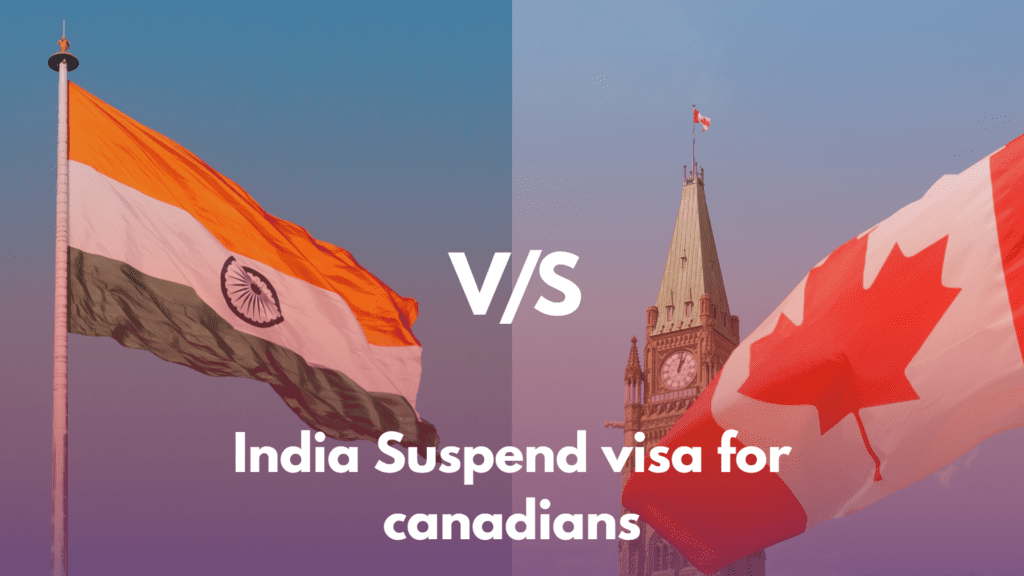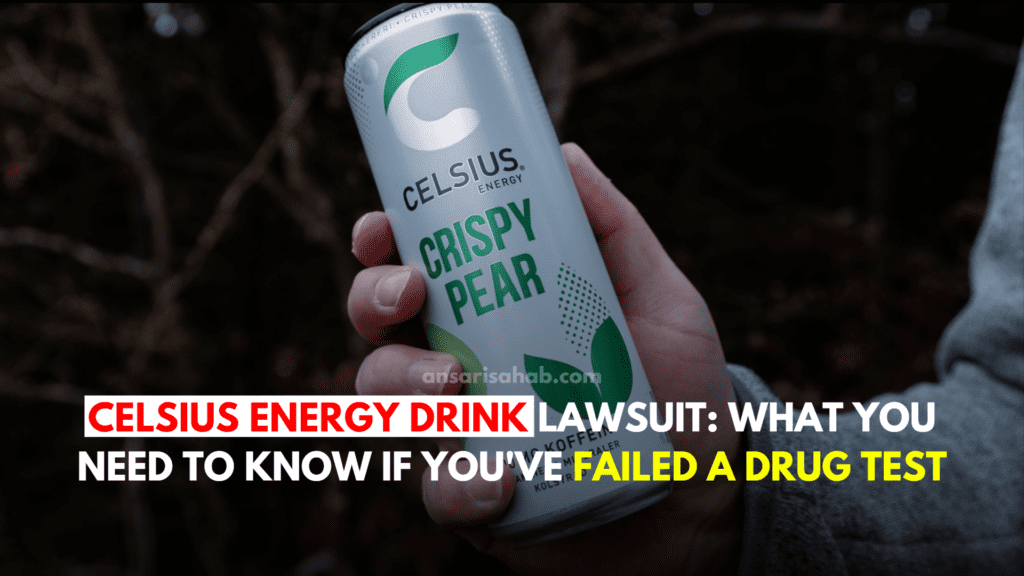In recent times, the alarm bells have rung in the United States as Senator Rick Scott of Florida voiced concerns about the potential national security threat posed by Chinese garlic imports. Allegations of unsanitary conditions, including the use of sewage in cultivation, heavy pesticide reliance, and poor sanitation practices, have ignited a heated debate. This blog aims to dissect the claims, evaluate the evidence, and propose potential solutions, all while considering the broader context of food security.
Claims and Concerns:
Senator Scott’s worries stem from reports suggesting that Chinese garlic may be cultivated in unhygienic conditions, such as fertilization with sewage, excessive pesticide use, and poor sanitation during harvest and transportation. Given China’s position as the largest garlic exporter globally, supplying over 60% of the US market, concerns arise regarding potential contamination risks.
Evaluating the Evidence:
Objective assessment is crucial, considering:
- Limited Evidence: Concrete proof linking all Chinese garlic to unsanitary practices is lacking. While isolated incidents may exist, generalizations must be avoided.
- Existing Regulations: The US enforces strict regulations on imported food, requiring adherence to safety standards and undergoing inspections to mitigate contamination risks.
- Research Findings: A 2017 McGill University report found no hard evidence supporting the widespread use of sewage as fertilizer for Chinese garlic.
Potential Risks and Mitigation Strategies:
Acknowledging potential risks, proactive measures include:
- Increased Testing and Inspections: Rigorous testing for bacteria and pesticide residues on imported garlic.
- Improved Transparency: Encouraging Chinese producers to adopt stricter safety standards.
- Consumer Education: Raising awareness about potential risks associated with imported food.
Suggested: Be Alert: Cases of 100-Day Whooping Cough Rising in the UK – What You Need to Know
Beyond Garlic: A Broader Food Security Issue:
The focus on Chinese garlic unveils a broader concern – the vulnerability of the US food supply chain. Recommendations encompass:
- Stronger Trade Agreements: Prioritize food safety in trade deals, ensuring transparency in production practices.
- Domestic Agriculture Support: Boosting domestic agriculture to reduce reliance on imports and enhance control over safety standards.
- Empowering Consumers: Providing easy access to information about the origin and safety standards of purchased food.
Is Chinese Garlic a Threat to National Security?:
Senator Scott’s claims trigger debate, centering on the alleged use of untreated sewage in Chinese garlic production. While evidence remains complex, a nuanced approach is essential:
- Limited Transparency: Insufficient information on Chinese garlic cultivation practices fuels concerns.
- Previous Incidents: Past foodborne illness cases linked to Chinese produce raise legitimate worries.
- Counterarguments: FDA safeguards and potential economic impacts merit consideration.
Need for Investigation:
Despite inconclusive evidence, calls for investigation underscore the importance of transparency and verification of agricultural practices.
Potential Solutions:
Addressing concerns requires a multi-faceted approach:
- Increased Transparency: Stricter regulations and transparency from Chinese producers.
- Enhanced Inspections: Heightened FDA inspections to identify and prevent contaminated products.
- International Cooperation: Collaborative efforts between the US and China to establish common food safety standards.
Conclusion:
Senator Scott’s concerns spark a necessary conversation about food safety and the vulnerability of the US food supply chain. While evidence against Chinese garlic remains inconclusive, proactive measures like stricter regulations, transparency promotion, and domestic agriculture support can fortify food security. A balanced approach, considering potential risks while ensuring affordable food access, is crucial.









